How we test mattresses: A guide to our review process
How we select and test mattresses for our reviews and best of buying guides
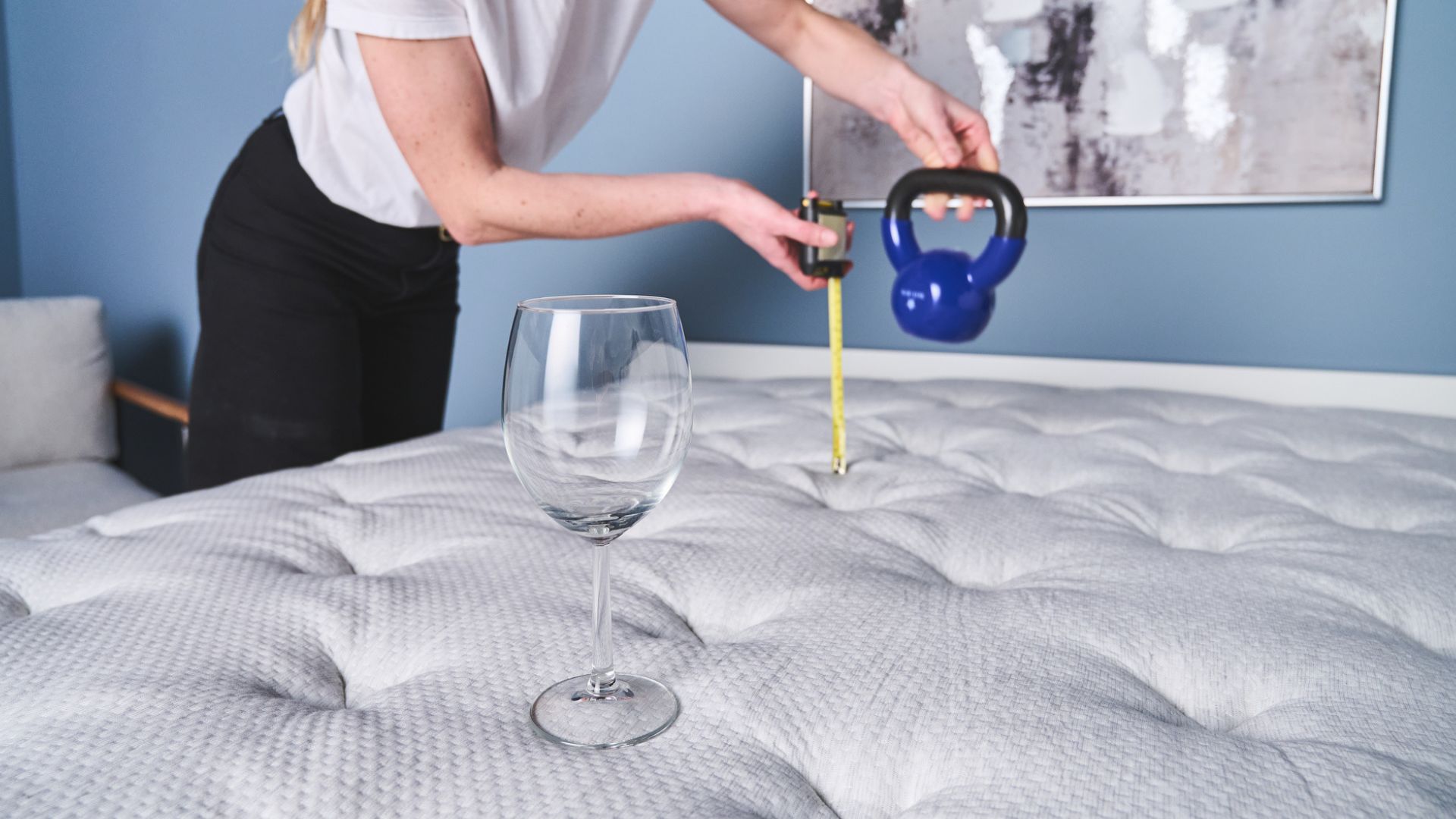
Mattress testing is the bedrock of our sleep and mattress coverage at Tom's Guide. It's a huge responsibility, as every month we're assessing multiple mattresses across key areas including support, comfort, pressure relief, temperature regulation and edge support.
Our team of in-house mattress testers and freelancer mattress reviews have over 40 years' of consumer product review experience combined. We've spent thousands of hours testing hybrid, memory foam, cooling, organic and innerspring mattresses, so we know what makes a great mattress (and a bad one, for that matter).
Our in-house reviews and testing data influence the mattresses we select and rank in our various mattress buying guides. We select only the very top-rated mattresses for our official best mattress of the year guide; these are the cream of the crop right now.
Here's an overview of our mattress testing process, the data we collect, and how (and why) we evaluate user mattress reviews too...
Why are mattresses important?
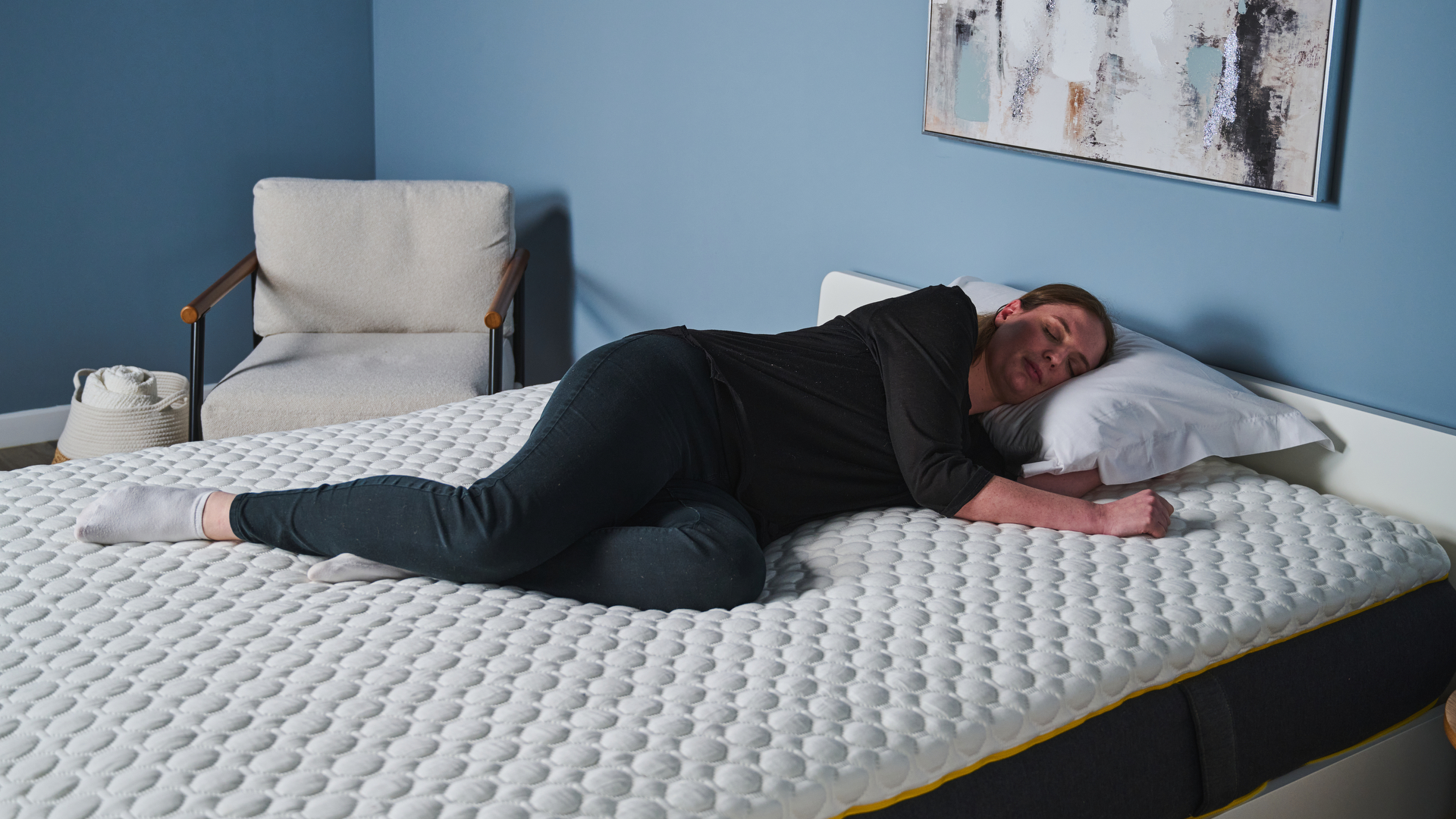
Good sleep is essential for maintaining your health and wellbeing. The National Sleep Foundation recommends that healthy adults need seven-nine hours of sleep per night to maintain their health and wellbeing.
However, according to 2014 data from the CDC (National Center for Chronic Disease Prevention and Health Promotion), 35.2% of adults in the US reported sleeping on average for fewer than seven hours.
Shorter sleepers were more likely to report being obese, physically inactive, and smokers than adults who got seven or more hours sleep per night.
How we test mattresses: Our approach
We use a mixture of qualitative and quantitative data to build an accurate, thorough and unbiased 360-degree view of each mattress. Our expert reviewers sleep on each mattress for a minimum of three weeks - that’s how long it can take for your body to adjust to a new mattress - and spend hours scientifically testing the performance of each product.
We also invite a diverse panel of testers to rate each mattress, using a specific set of performance criteria. That’s because mattresses are subjective: each person’s experience of comfort and firmness is uniquely shaped by personal factors including their weight, height, preferred sleeping position, body temperature and more.
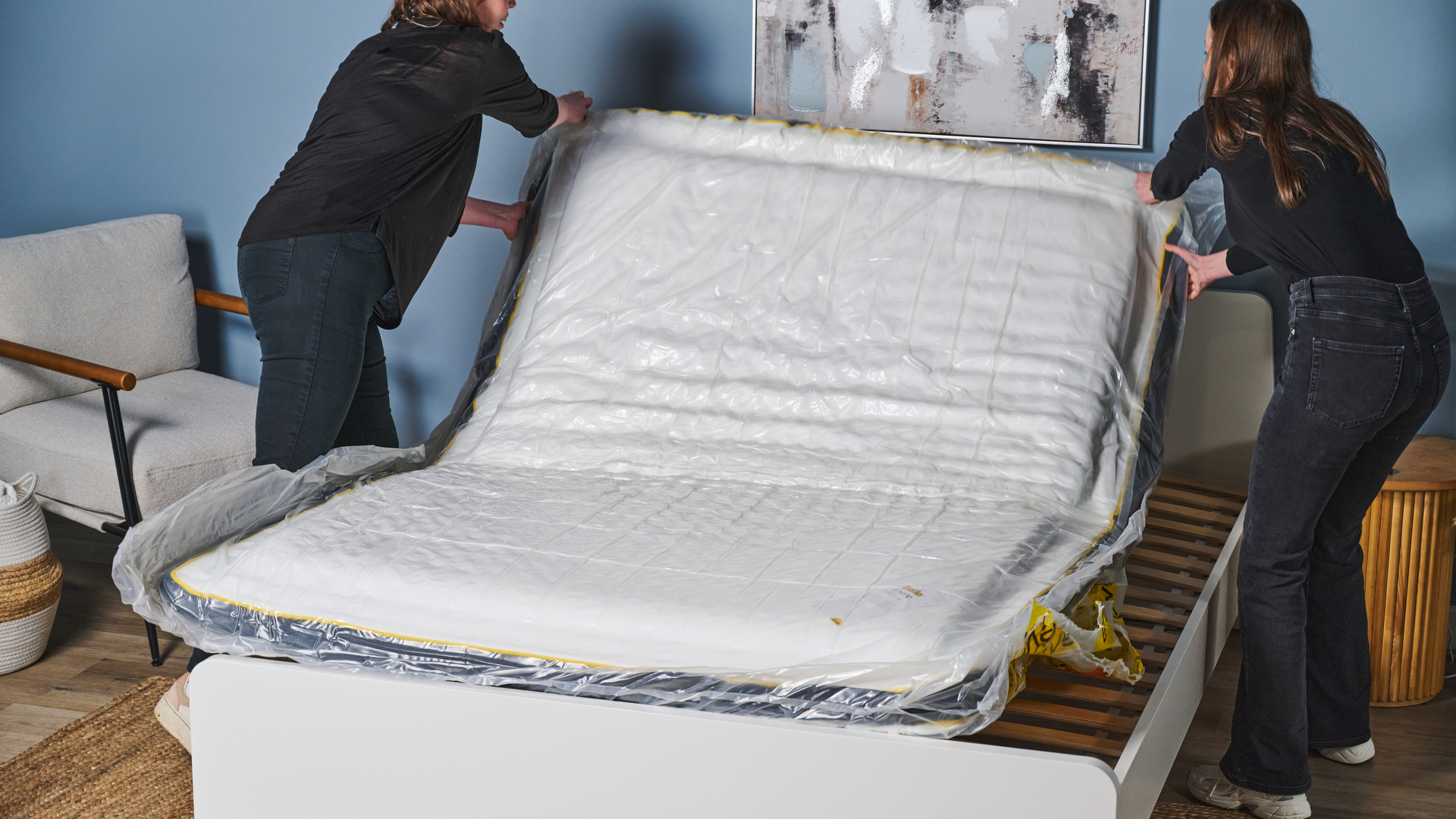
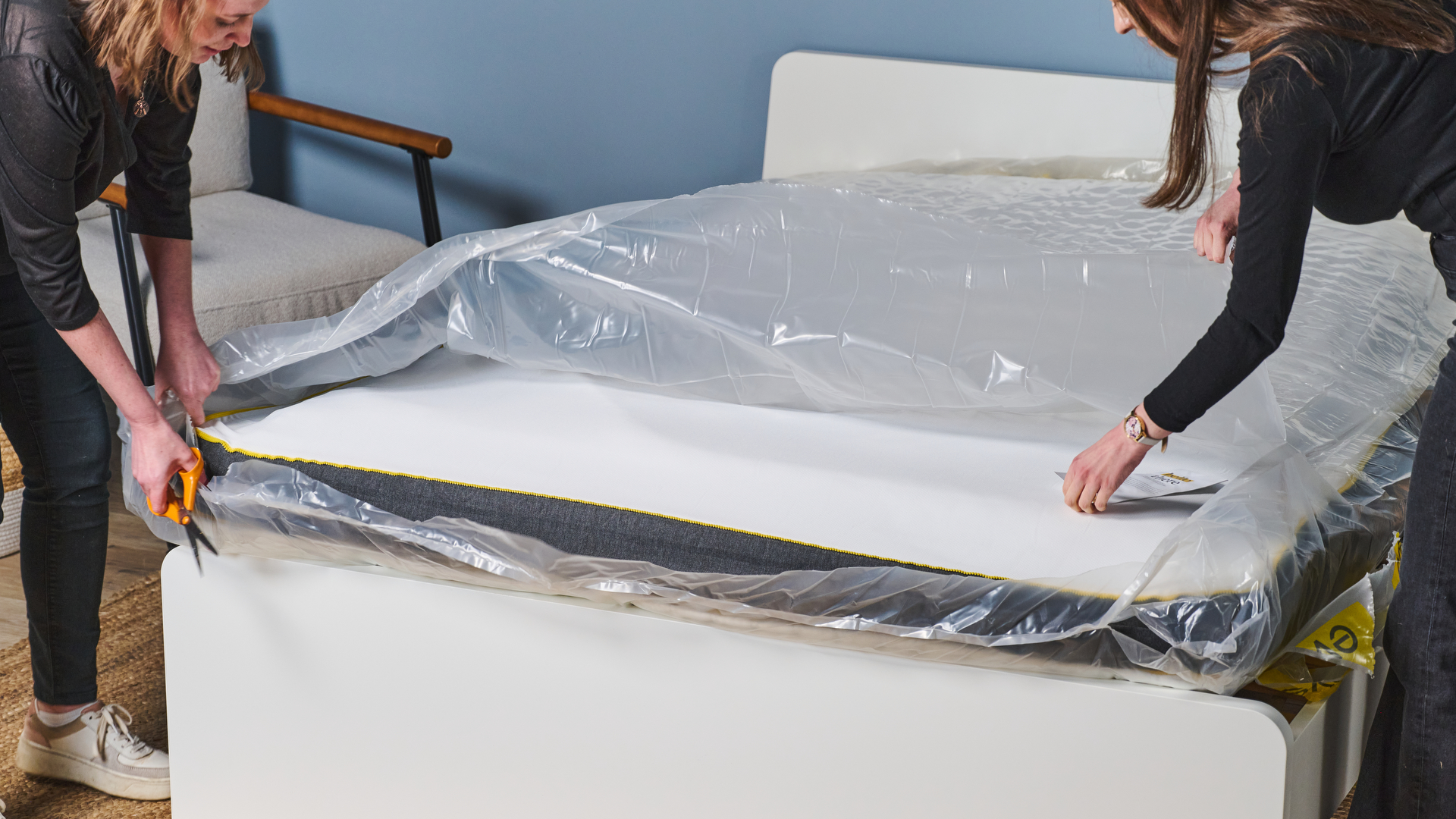
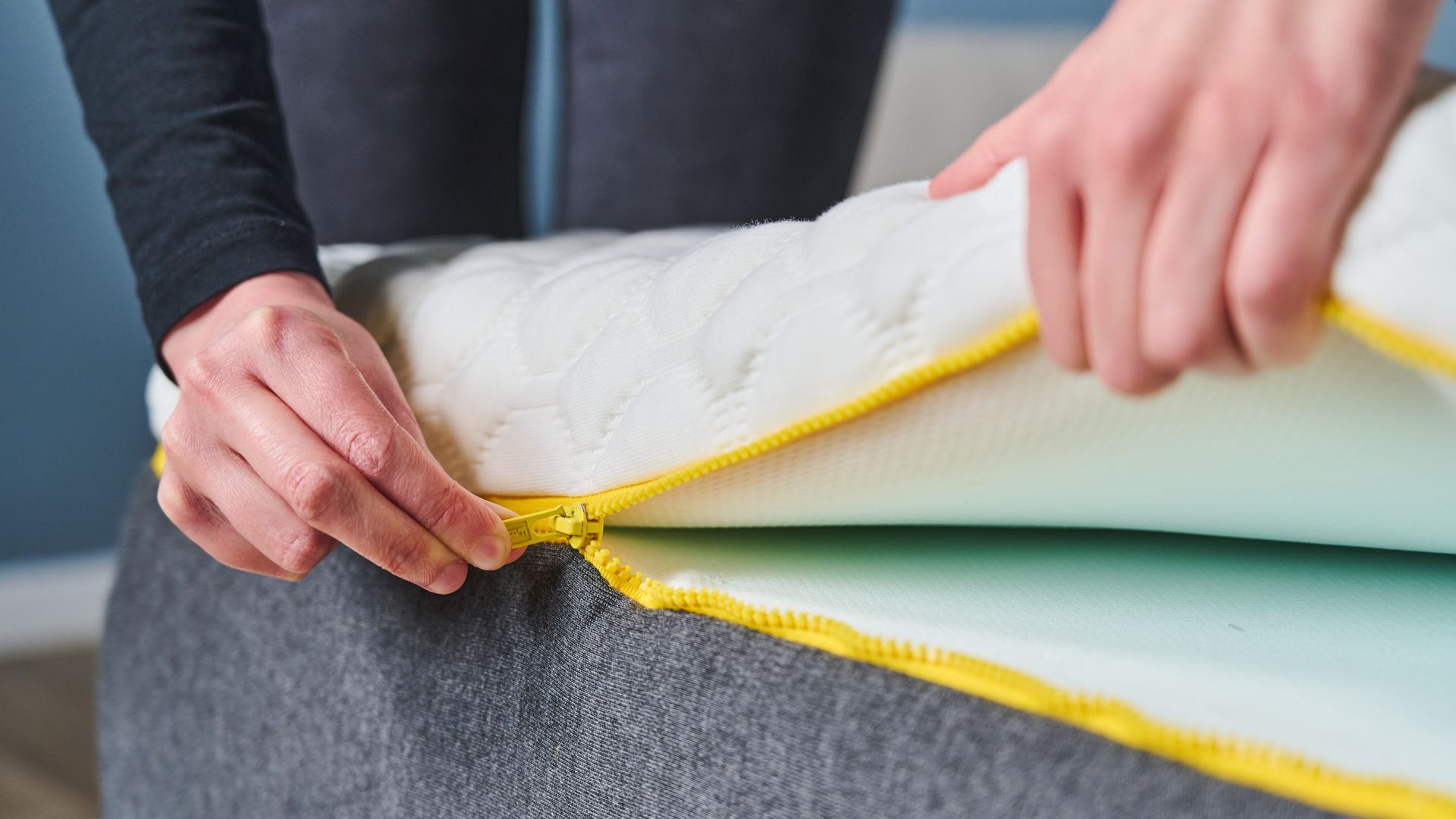
By using a panel made up of people of different sizes and body weights, we’re able to ensure our product ratings are holistic and inclusive, rather than relying on the opinion of just one reviewer.
Our experts also extensively research and analyse thousands of user reviews, looking for patterns in the feedback. Where possible, we interview individual mattress owners for insight into longer-term performance as well.
We record all our key findings in a database, which enables us to compare and contrast different mattresses. This, alongside our user research, forms the basis of our recommendations and enables us to select the mattresses that we believe will give different types of people the best night’s sleep.
How we collect mattress testing data
Our data comes from the following sources:
- In-house product testing
- User reviews
- Mattress manufacturers
Here's a breakdown of the different firmness, comfort and performance criteria we test mattresses for:
Mattress firmness rating
Mattress firmness is typically measured on a scale from 1 (softest) to 10 (firmest). However, there isn't a universally accepted measurement for firmness, and a firm mattress from one manufacturer won't necessarily feel the same as a firm mattress from another.
We use our own 10-point scale to measure firmness, and we compare our findings to the manufacturer's classification to give you a better indication of how firm you may find a mattress.
| Firmness | Feel | Description |
|---|---|---|
| 1 | Extra soft | Deep sinkage, body-contouring, and pressure relief; less support. |
| 2-3 | Soft | Considerable sinkage and body-contouring; some support. |
| 4 | Medium soft | Some sinkage and close body-contouring; moderate support. |
| 5 | Medium | Less sinkage, but moderate body-contouring and support. |
| 6-7 | Medium firm | Good balance of contouring, comfort and support; more bouyant. |
| 8-9 | Firm | Lots of support and almost no sinkage; very little body contouring. |
| 10 | Extra firm | Virtually no sinkage or body contouring. |
We test firmness in three different ways:
1. We place a 56lb weight in the centre of the mattress and measure how far it sinks in inches. This gives us quantitative data that enables us to accurately compare mattresses that have been reviewed by different people.
2. Our reviewers sleep on the mattress for a minimum of three weeks before assessing its firmness, so that their bodies are fully adjusted.
3. Each panel member is invited to lie on the mattress and rate it. By including people with a range of different weights and heights, we’re able to gain a holistic view of firmness.
We then plot the findings from our reviewers and testers onto a graph to visualise the range. This data is used to provide an average firmness rating only - it isn't included in the mattress's final performance score.
Mattress performance rating
We use a scale of 1-5 to rate mattress performance:
1: Poor
2: Unsatisfactory
3: Satisfactory
4: Good
5: Outstanding
The final score awarded to a mattress is calculated by finding the mean score across the following areas of performance:
1. Ease of set up
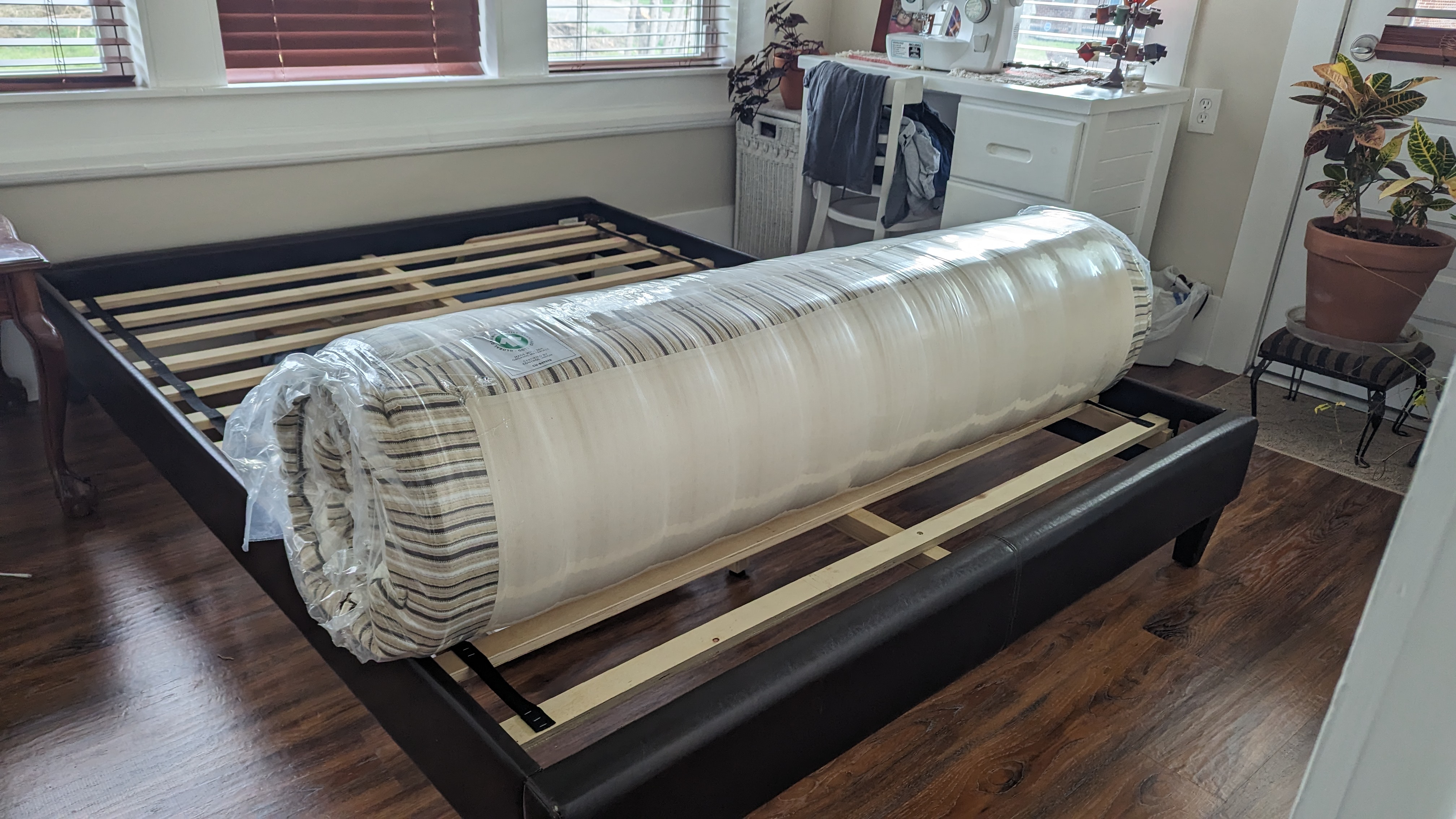
Our reviewers rate how easy it is for one person to move and set up the mattress. Some mattresses arrive in a box on your doorstep for you to set up yourself; others are hand-delivered to the room of your choice but left for you to unwrap; and a few come with free white glove delivery, which means the company will fully set it up for you in the room of your choice.
Our score is based on the basic delivery option for each mattress: the higher the score, the easier it is for one person to set up alone. But we’ll tell you in our review if there’s an option to upgrade to white glove delivery, and how much that would cost.
We also factor in environmental and social responsibility here. Mattresses that come in recyclable packaging are scored more highly than those that come wrapped in lots of plastic that can't be recycled.
2. Off-gassing
Off-gassing is the process in which volatile organic compounds (VOCs) are released from a product - in this case, a mattress - into the air in your home. It’s very similar to a new car smell, and isn’t dangerous, but in some cases it can be unpleasant.
We score mattresses highly when there's no notable off-gassing after unwrapping the mattress, and lowly where there is a strong smell, or it lingers for more than a few hours.
3. Pressure relief
Good mattresses provide high levels of support for your body. They redistribute your weight to relieve pressure in areas where your body digs into the mattress, such as your hips and shoulders.
Our reviewers and testing panel evaluate pressure relief by lying on a mattress in different positions and scoring it out of five. They spend three minutes on one side, then on their back, and then their front, allowing at least two minutes between each position for the mattress to return to its original shape. During the interval periods, the tester records their score for each position, along with their opinion about the experience.
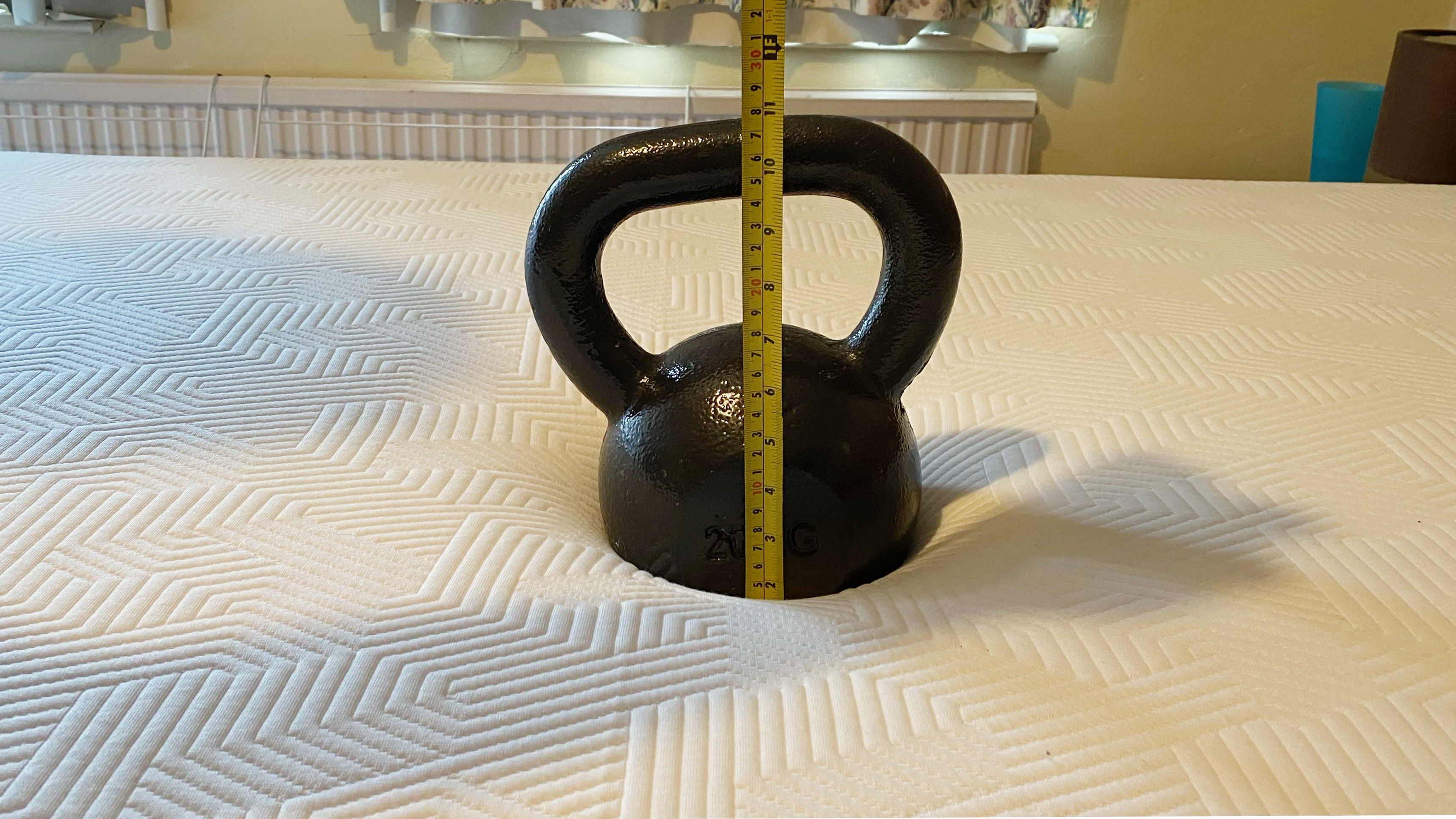
Pressure relief also involves spinal support: if your spine isn’t aligned while you sleep and your body’s natural curves aren’t supported, tension can build in critical areas such as the lower back. Our reviewers assess spinal alignment by asking a tester to lie on their side, with their head supported by a pillow, and track the curvature of their spines.
The straighter the spine, the higher the score. A mattress that’s too firm can cause an S-shape, which can create pressure points in the shoulders and hips; a mattress that’s too soft can cause a hammock effect, which can lead to back pain. For more on this and other key mattress terms, read our mattress jargon buster.
4. Motion isolation
Mattresses that rate highly in the motion isolation category are very good at absorbing movement from another area of the bed so that you don't feel it. They prevent you from being disturbed by a restless partner, for example, or someone getting in or out of bed. We test motion isolation in two ways:
We place an empty wine glass in the middle of one side of the bed, where a person would usually sleep. On the other side of the mattress, we measure a spot 25 inches away from the object, where another person would typically sleep.
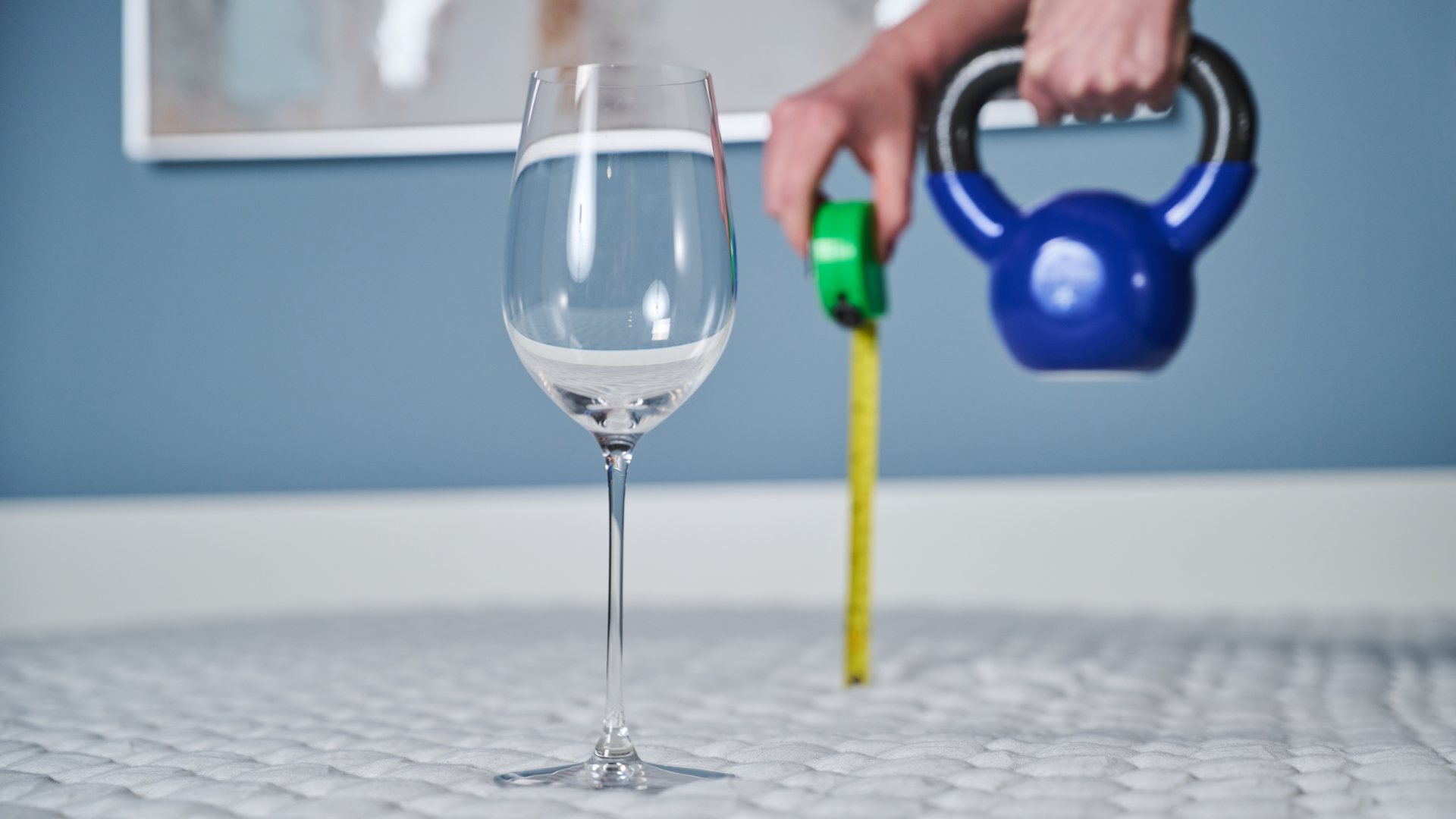
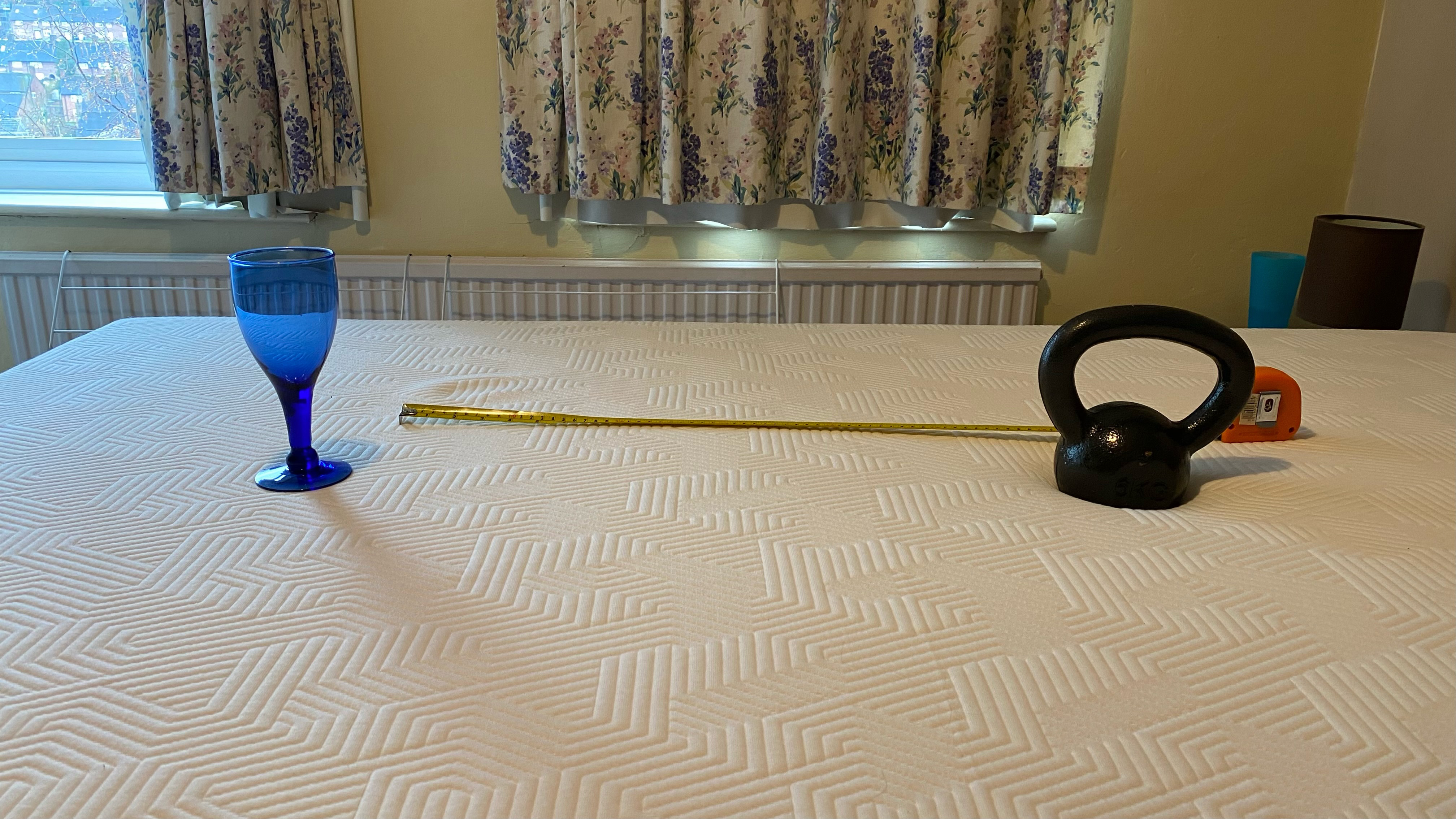
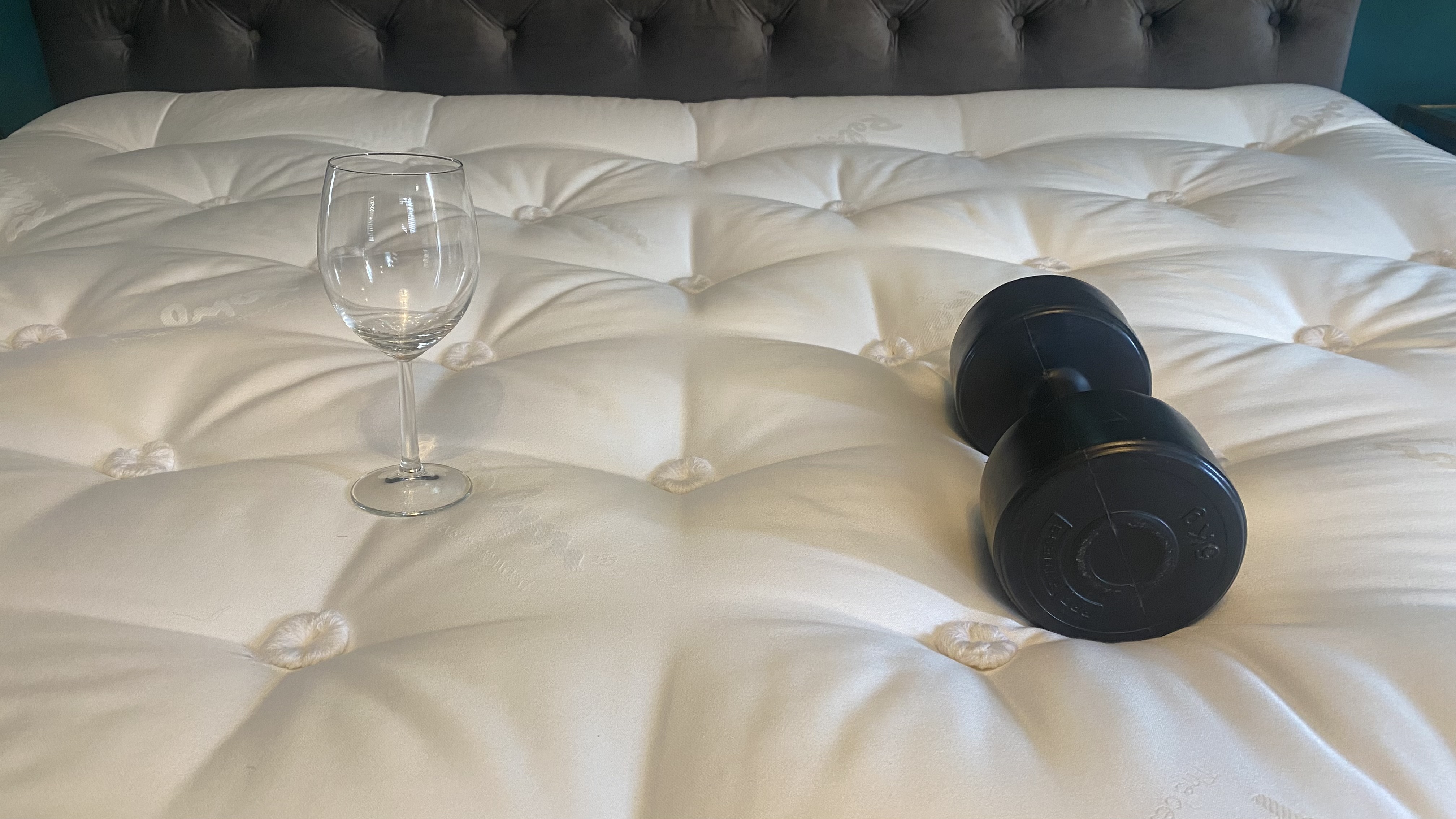
We then drop a 10lb weight from 4 inches to simulate someone tossing and turning or getting in or out of bed. Next, we drop it from 8 and 12 inches to simulate someone getting, and then jumping, into bed. Our researchers record whether the glass falls over, and how much it moves each time.
Our reviewers also evaluate their experience of motion isolation during their three-week sleep test.
5. Temperature regulation
Our reviewers rate how effective a mattress is at regulating their temperature throughout the night, and whether they find it sleeps hot, cool or neutrally overall. We record the time of year that the mattress is tested as part of this, and where possible we also look to test the mattress with a hot sleeper.
6. Edge support
Edge support is important for being able to easily get in and out of bed. If a mattress rates highly, it’s a good choice for people with mobility issues, as well as people who like to sleep right up against the edge of the mattress, or often sit on the edge (for example while getting dressed, or rocking a baby to sleep).
Our reviewers record their experiences of this over the three-week sleep testing period. They also gather quantitative data by placing a 56lb weight on the edge of the mattress, towards the middle of the perimeter, and measuring how far down the side it compresses.
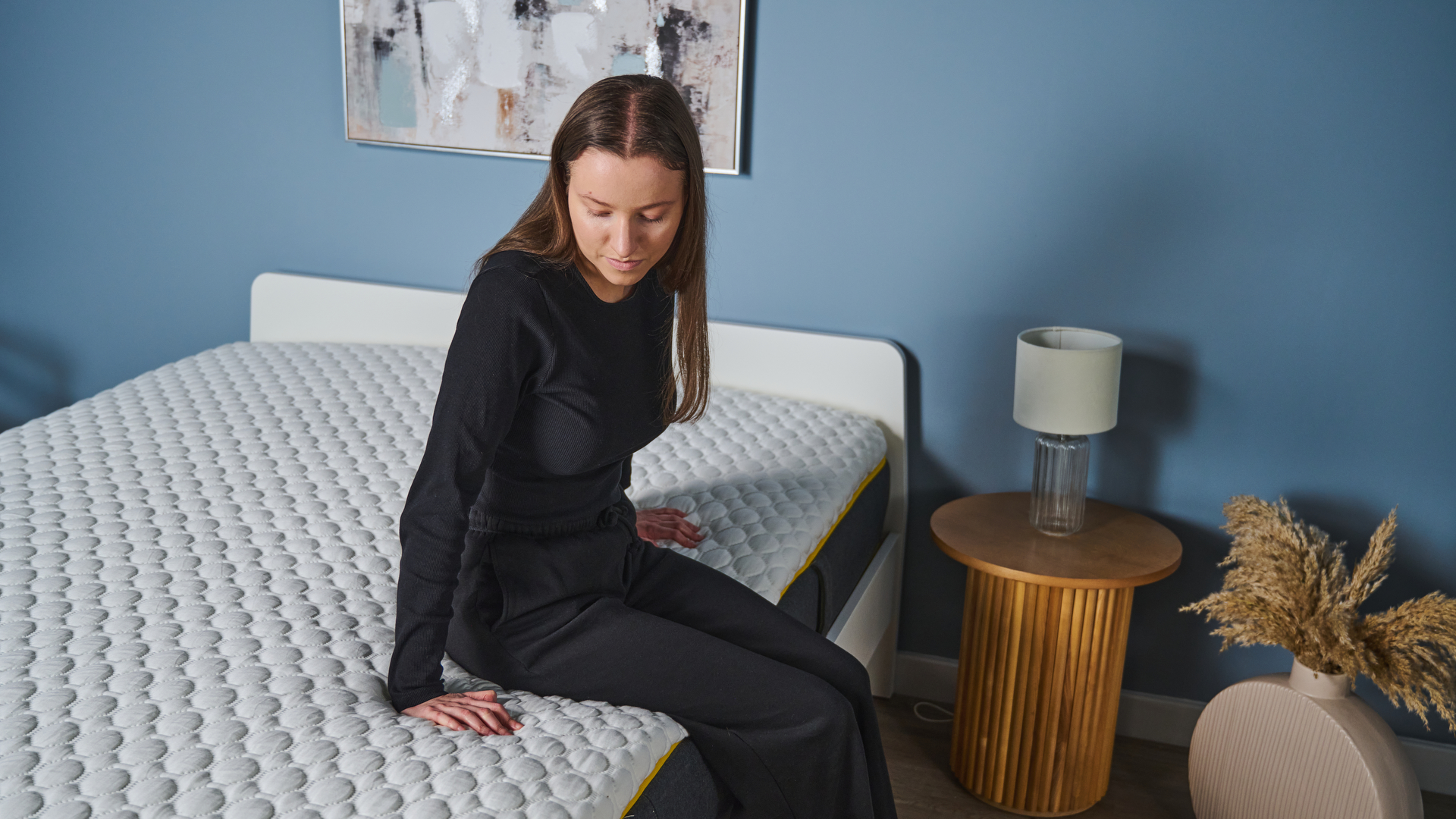
7. Durability
A good mattress should last 8-10 years. However, we don’t test mattresses for that long, and when we’re testing brand new mattresses there’s no long-term durability data available. Instead, we rate durability based on the quality of the materials used: 4-5lbs is a good benchmark for memory foam density, for example, and you need at least 1.5lbs for support foam; while all-foam is generally less durable than innerspring/coil or hybrid mattresses.
We also assess the mattress ourselves, looking for quality craftsmanship; and we research all available short and medium-term user review data, looking for patterns. Combined, this information enables us to predict whether we expect a mattress to last an average lifespan, less or longer, and to score it accordingly.
8. Value for money
Based on our three-week sleep experience with a mattress, the data from our tests, and how it compares to others we’ve tested, we then evaluate whether a mattress is good value for its price. Most mattresses are regularly discounted, so we consider both the MSRP and the sales price in our verdict here.
Where you'll find our mattress reviews
Sign up to get the BEST of Tom's Guide direct to your inbox.
Get instant access to breaking news, the hottest reviews, great deals and helpful tips.

Claire is a fully qualified journalist and Certified Sleep Science Coach with over 16 years’ product review experience. Claire is responsible for all mattress and sleep content published on Tom’s Guide, including our Best Mattress of 2025 buying guide. She is our expert on Saatva, DreamCloud, Nectar and Tempur-Pedic mattresses, and is also our in-house hybrid mattress specialist. Claire is certified to advise people on how to choose a mattress that best suits their sleep, body and budget, as well as helping them to create a nighttime routine and bedroom environment that promote good sleep. As Senior Sleep and Mattress Editor, Claire takes the lead on developing and overseeing rigorous testing procedures for our mattress reviews, both at home and in our fully equipped Sleep Lab. Claire leads a team of experienced sleep and mattress specialists who report on and test a wide range of mattress and sleep products, and she also writes about all things related to sleep, and has interviewed a wealth of experts including mattress designers and buyers, neuroscientists, and doctors of sleep medicine.
